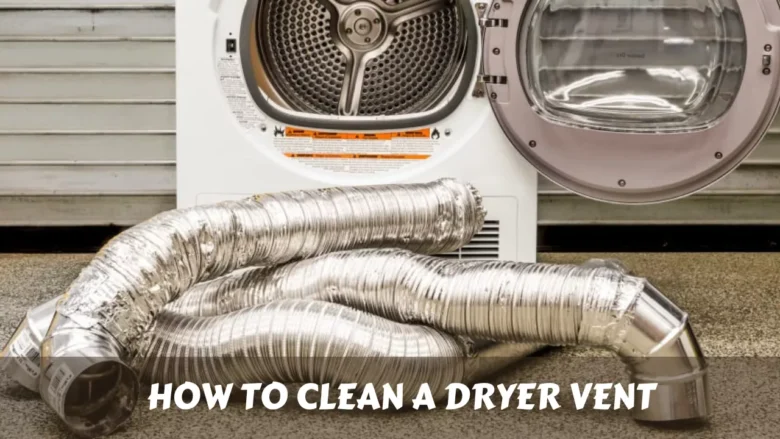I’ve been dealing with cold feet for years.
And I mean COLD feet.
The kind where your toes feel like ice cubes even when it’s 70 degrees inside.
So I’ve tried everything.
Electric socks vs wool socks – this debate kept me up at night (literally, because my feet were freezing).
Here’s what I learned after testing both for months.
Jump to
ToggleThe Real Problem Nobody Talks About
Your feet get cold because of poor blood flow.
Not because you’re weak.
Not because you need to “toughen up.”
It’s science.
When your body gets cold, it pulls blood away from your hands and feet to keep your vital organs warm.
Smart survival mechanism.
Terrible for comfort.
What Are Electric Socks Anyway?
Electric heated socks are basically regular socks with tiny heating elements built in.
They run on rechargeable batteries.
Most last 3-8 hours depending on the heat setting.
Think of them like a portable heater for your feet.
The good ones have:
- Multiple heat settings
- Rechargeable battery packs
- Washable fabric (remove batteries first)
- Even heat distribution
The cheap ones?
They’ll burn your toes or die after 30 minutes.
My Electric Sock Experience
I bought my first pair for $150.
Felt like I was being scammed.
But my feet were literally numb every morning, so I tried them.
Day 1: Holy cow, these things work.
Day 7: Battery died during a meeting. Awkward.
Day 30: One sock stopped heating. Great.
Day 60: Found the sweet spot – medium heat, 4-5 hour battery life.
Here’s the thing about heated socks for cold feet – they work when they work.
But they’re high maintenance.
Wool Socks: The Old School Champion
Merino wool socks have been keeping feet warm for centuries.
No batteries.
No charging.
No breaking down after 2 months.
Wool works because:
- It insulates even when wet
- Breathes so your feet don’t get sweaty
- Naturally fights odor
- Lasts forever if you take care of it
I’ve had the same pair of Darn Tough wool socks for 3 years.
Still going strong.
The Science Behind Warm Feet
Your feet have less muscle than other parts of your body.
Less muscle = less heat generation.
That’s why they get cold first.
Wool thermal socks trap air between the fibers.
This air gets warmed by your body heat and stays warm.
Electric socks skip this process.
They just pump heat directly to your feet.
Both work, but differently.
Electric Socks vs Wool Socks: The Real Comparison
Heat Level
Electric socks: 10/10 when working Can get HOT. Like, uncomfortably hot if you’re not careful. Multiple heat settings help.
Wool socks: 7/10 consistently
Gentle, natural warmth. Never too hot, rarely too cold.
Durability
Electric socks: 3/10 Batteries die. Heating elements break. Expensive to replace. I’ve gone through 4 pairs in 2 years.
Wool socks: 9/10 My oldest pair is from 2021. Still perfect. Some brands offer lifetime warranties.
Convenience
Electric socks: 4/10 Charge them every night. Remember to turn them off. Pack extra batteries for long days.
Wool socks: 10/10 Put them on. Done. Wash when dirty. That’s it.
Cost Over Time
Electric socks: Expensive $100-200 initial cost Replace every 1-2 years Battery replacements
Wool socks: Cheaper long-term $20-40 per pair Last 3-5+ years No ongoing costs
When Electric Socks Win
You need them if:
- You work outside in extreme cold (-10°F or below)
- You have circulation issues
- Regular socks never work for you
- You don’t mind the maintenance
I still use mine for:
- Ice fishing
- Long outdoor photography shoots
- Days when my feet are already numb
Battery powered socks are a tool.
A good tool when you need them.
When Wool Socks Win
Choose wool if:
- You want something that just works
- You’re tired of charging things
- You need socks for daily wear
- You want the best value long-term
Merino wool specifically beats regular wool because:
- Softer (doesn’t itch)
- Better temperature regulation
- More durable
- Machine washable
The Brands That Actually Work
Electric Socks Worth Buying
Lenz Heated Socks: $200+ but last longer than cheap ones
Savior Heat Socks: Good mid-range option around $100
GLOBAL VASION: Budget pick at $60 (replace yearly)
Wool Socks That Don’t Suck
Darn Tough Vermont: Lifetime warranty, made in USA
Smartwool: Great for everyday wear
REI Co-op: Solid budget option
Skip the department store brands.
They pill, shrink, and lose their warmth after a few washes.
My Current Setup
I use both.
Daily wear: Merino wool socks
Extreme conditions: Electric socks
Travel: Wool (no charging hassles)
Work from home: Wool
Having both gives you options.
But if I could only choose one?
Wool socks.
Every time.
The Temperature Test
I tested both in my freezer (don’t ask why I have a walk-in freezer).
At 0°F:
- Electric socks kept my feet comfortable for 6 hours
- Wool socks kept them warm-ish for 2 hours
At 20°F (normal winter day):
- Both worked great
- Wool actually felt more comfortable
- Electric socks were overkill
At 40°F (chilly morning):
- Wool socks perfect
- Electric socks too hot on low setting
The sweet spot for cold feet remedies depends on how cold you’re talking about.
Common Mistakes People Make
With Electric Socks:
- Buying cheap ones (they break fast)
- Not breaking them in gradually
- Forgetting to charge them
- Washing them wrong (read the instructions)
With Wool Socks:
- Buying “wool blend” instead of pure wool
- Machine drying on high heat (they shrink)
- Wearing cotton underneath (defeats the purpose)
- Buying too thin for winter conditions
The Sweat Factor
Nobody talks about this.
Cold feet often become sweaty feet when they warm up.
Electric socks can make this worse.
The heat comes from outside, so your feet sweat but don’t regulate temperature naturally.
Wool socks breathe.
They move moisture away from your skin while keeping you warm.
Less sweat = less smell = happier feet.
FAQ About Electric Socks vs Wool Socks
Can you wear wool socks under electric socks?
Yes, but thin wool liners work best. Thick wool reduces heat transfer from electric elements.
How long do electric sock batteries last?
3-8 hours depending on heat setting. High heat drains them in 2-3 hours.
Are expensive wool socks worth it?
Absolutely. Cheap wool socks aren’t actually wool or fall apart quickly.
Can electric socks cause burns?
Rare but possible. Start on low heat and check for hot spots. Never sleep in them.
Do wool socks work when wet?
Yes, wool retains 80% of its insulating properties even when soaked.
How often should you charge electric socks?
After every use. Batteries last longer when kept charged.
What’s the warmest type of wool sock?
Thick cushioned merino wool with reinforced heel and toe areas.
Can you machine wash electric socks?
Yes, but remove batteries and heating elements first. Check manufacturer instructions.
The Bottom Line on Warm Socks for Cold Feet
Electric socks are like a sports car.
Amazing performance when everything works.
High maintenance.
Expensive to own.
Wool socks are like a pickup truck.
Reliable.
Gets the job done.
Lasts forever.
For most people dealing with cold feet, wool thermal socks solve 90% of the problem.
They’re simple.
They work.
They don’t break.
But if you’re dealing with serious circulation issues or work in extreme cold, electric socks vs wool socks isn’t even a fair fight.
You need the electric ones.
My advice?
Start with good wool socks.
If they don’t solve your cold feet problem, then invest in electric ones.
Don’t waste money on cheap versions of either.
Your feet spend all day holding up your body.
They deserve gear that actually works.
And honestly?
After trying everything, I’m convinced that electric socks vs wool socks for cold feet comes down to one simple question:
Do you want something that works when it works, or something that just works?
Choose accordingly.






